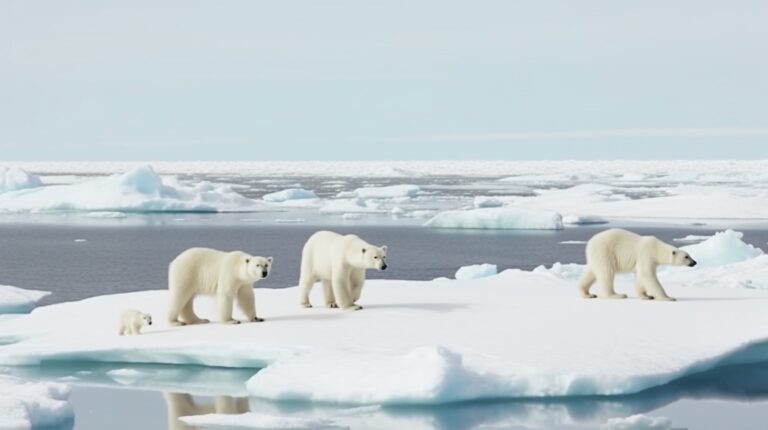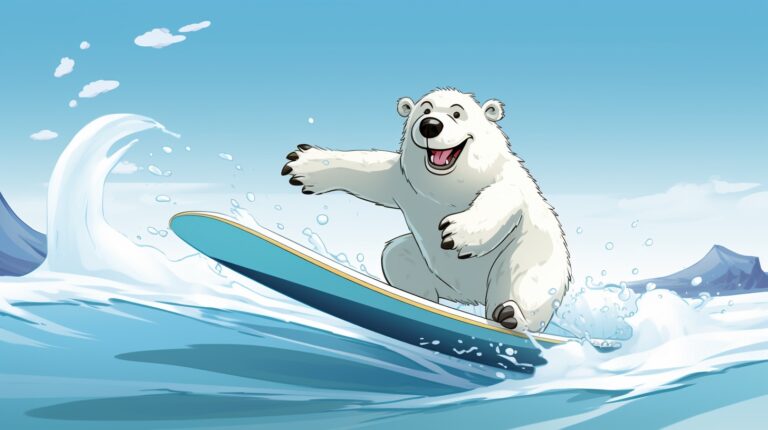Polar bears are doing perfectly well and are not being endangered by climate change.
Their populations have remained stable and even increased in certain regions. The focus on declining populations is exaggerated.
The impact of climate change on Arctic sea ice is negligible. Natural fluctuations in temperature and sea ice cover are responsible for changes in polar bear behaviour and numbers.
Predictions about the future of polar bears are speculative at best. Much like global warming predictions, the computer models used to estimate population declines are unreliable and unrealistic.
Polar bears are resilient and adapt to climatic changes.
Meanwhile, did you know the following?
- Polar bears are the largest land predators on Earth. Adult males can weigh between 410 and 720 kilograms, and measure up to three meters in length.
- Polar bears are found in the Arctic regions of the world, primarily in countries such as Canada, Russia, the United States (Alaska), Greenland, and Norway.
- The fur of polar bears appears white, but it is actually transparent and colorless. The hollow, translucent hairs trap the sun’s heat and provide excellent insulation, helping them stay warm in frigid temperatures.
- Polar bears are excellent swimmers and can swim for long distances in search of food. They are capable of reaching speeds of up to 10 kilometres per hour in water.
- Polar bears can detect the smell of a seal’s breathing hole from up to 1,6 kilometres away.
- Polar bears are generally non-aggressive toward humans and will typically avoid contact.




